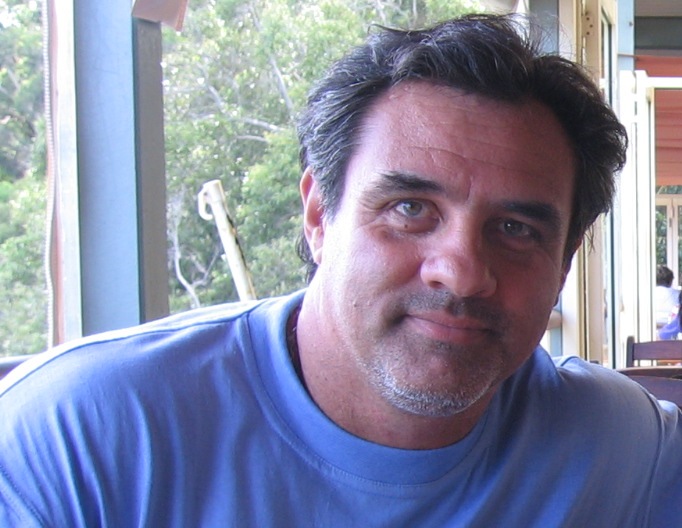 When it comes to the classic chef's uniform, form truly follows function. Most elements were developed out of necessity, and have changed little over the past two centuries.
For example, the jacket is double-breasted so it can be reversed to hide stains, and its double layer of cotton provides protection against heat of the stove or an accidental splattering of hot liquid. The dizzying black-and-white checks pattern of the pants helps camouflage minor stains. And while cotton neckerchiefs add a certain flair, their primary purpose is to absorb perspiration from the neck.
The origin of the chef's hat is a topic of debate. Some believe it was inspired by a cook employed by King Henry VIII who started losing his hair. After the King found a strand of hair in his soup, he had the cook beheaded and ordered the next royal chef to wear a hat. Other experts believe the distinctive hats were first worn by chefs who wore the same clothes as the priests, including their tall hats and long robes, to escape the persecution that freethinking artisans of the time (including chefs) often confronted.
In the middle 1800s, Chef Marie-Antoine Carême, founder of French haute cuisine, insisted her chefs wear white jackets a s a sign of dignity and cleanliness in the kitchen. He also assigned different hat sizes to distinguish the chef's level of experience. The taller the hat, the more experienced the chef. He is said to have worn a hat 18 inches tall with 100 pleats to represent the 100 ways a chef can cook an egg. s a sign of dignity and cleanliness in the kitchen. He also assigned different hat sizes to distinguish the chef's level of experience. The taller the hat, the more experienced the chef. He is said to have worn a hat 18 inches tall with 100 pleats to represent the 100 ways a chef can cook an egg.
 |
![]()

No comments:
Post a Comment